“Enchanting Dwellings: Vintage Photographs of Homes Carved within Giant Tree Stumps, 1880s-1920s”
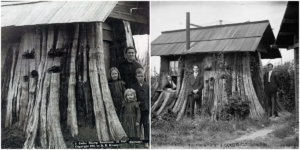
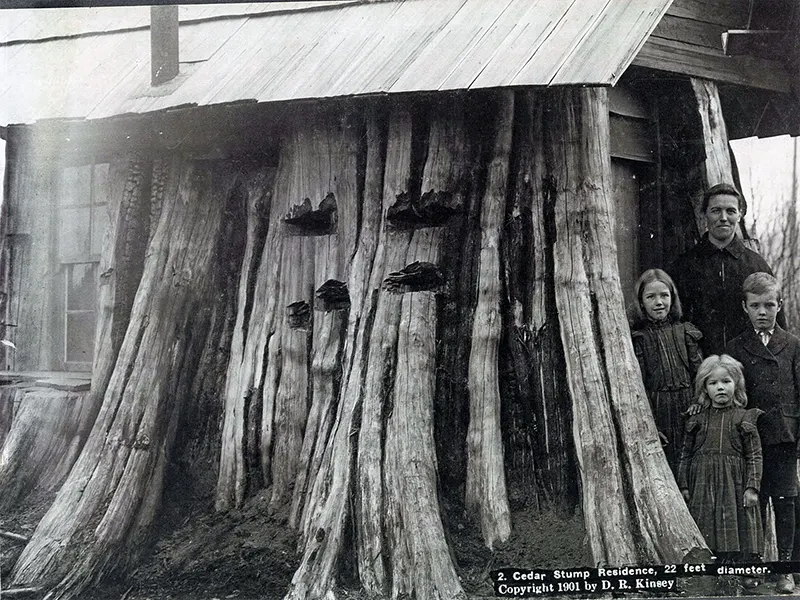 When settlers headed to the Pacific Northwest, they were forced to improvise dwellings and start their lives from scratch.
When settlers headed to the Pacific Northwest, they were forced to improvise dwellings and start their lives from scratch.
Finding the stumps of gigantic trees that had been felled by logging companies still rooted in the ground, they saw a great opportunity.
Many of these huge stumps stood a full 10 feet high but were undesirable as lumber because they tended to swell down toward their base, making the wood grain uneven.
For select stumps, the newly arrived farmers found other uses. A few of the largest were leveled off and fashioned into platforms where “stump dances” were held to the driving tones of fiddles and mandolins. But another use for stumps would be discovered.
By constructing roofs on them, and attaching a door or gate, the stump-based shelters worked fine as storage sheds or chicken houses, or pens to keep pigs and calves safe from prowling predators including raccoons, bobcats, or bears. And sometimes it was people who lived inside these stump houses.
Some tree stump houses had two or even three stories and were equipped with everything a family home needed, with space to cook, sleep, and store their belongings.
Winter was probably the scariest period to spend in a stump house because severe weather hits the North Pacific during those months, with super low temperatures and snow sometimes persisting for days and months.
The Stump House on the Lennstrom farm near Edgecomb, Washington, 1905.
The Stump House on the Lennstrom farm near Edgecomb, Washington was a great curiosity in the early 1900s. Built by immigrant brothers, Gustav Lennstrom and Johan Westerlund, the house was widely photographed.
It appeared on postcards and even souvenir china. Edgecomb was a logging area, between the Snohomish County towns of Marysville and Arlington.
The giant size of the stump gives a good idea of the size of the old growth trees. Twenty-two feet in diameter, it was home to 3 adults and 3 children until a house was built for Gustav, his wife, Brita, and their three children.
Regrettably, Calvin Cornehl, who was 4 when he moved into the home with his family in 1938, reports that the house was damaged beyond repair in 1946 during an attempt to move it for donation to the city of Arlington.





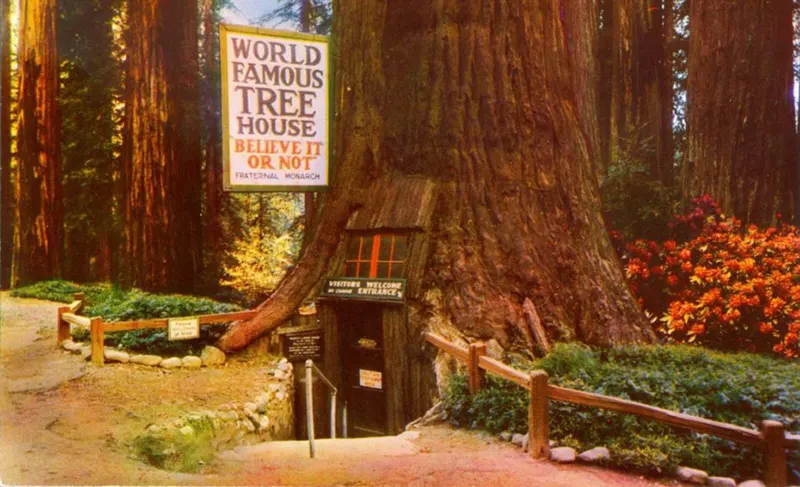
On the “Redwood Highway”. (Photo by Bob Doran via Flickr).
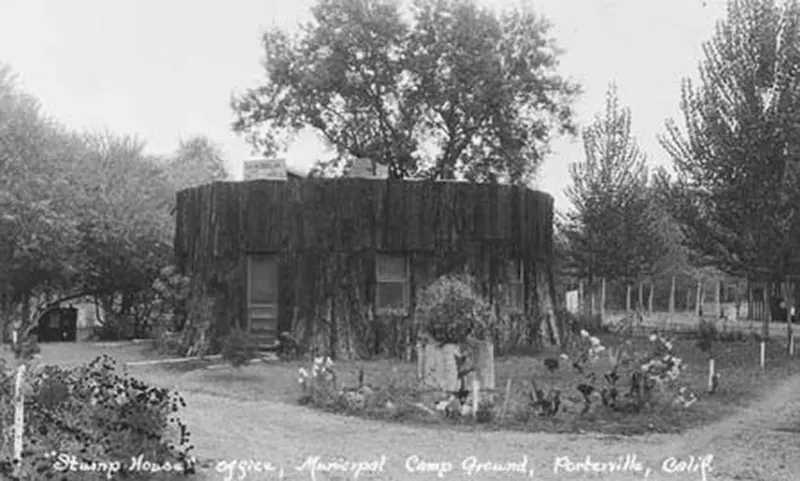
The Stump House in Porterville, California.

Interior of the house built on the Original Big Tree Stump, Calaveras County, c. 1866.
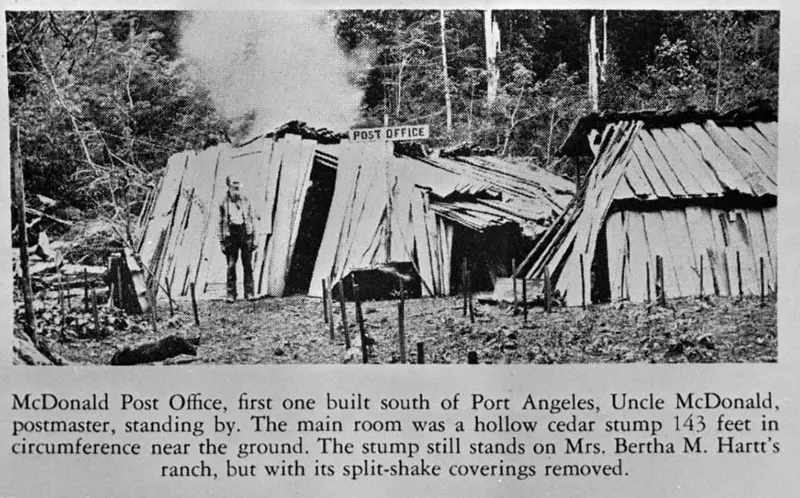
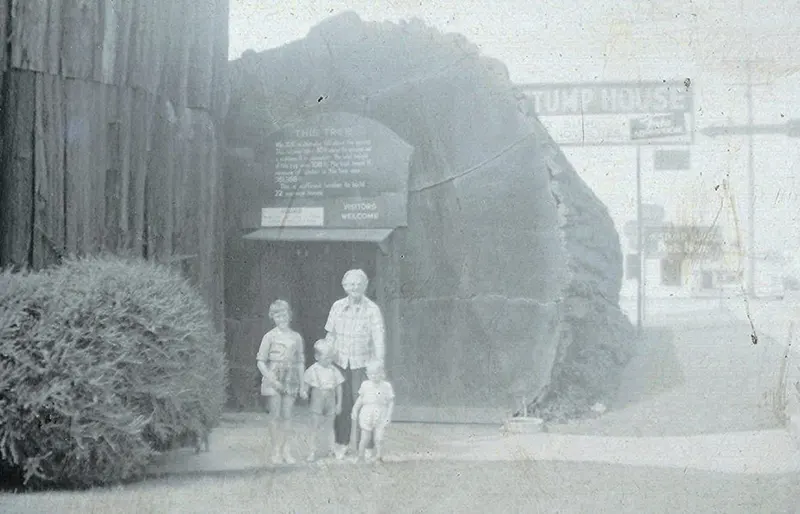
The Stump House in Eureka, California, 1950s. (Photo by LarrynJill via Flickr).
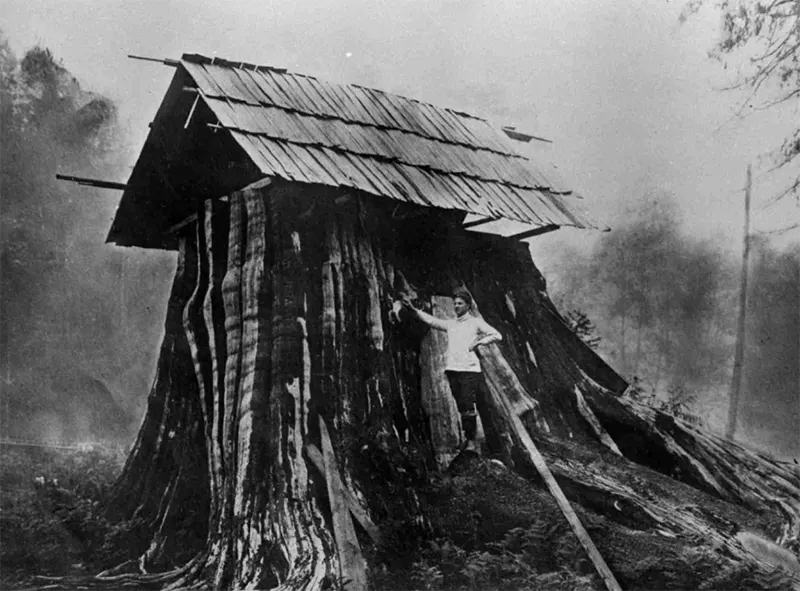

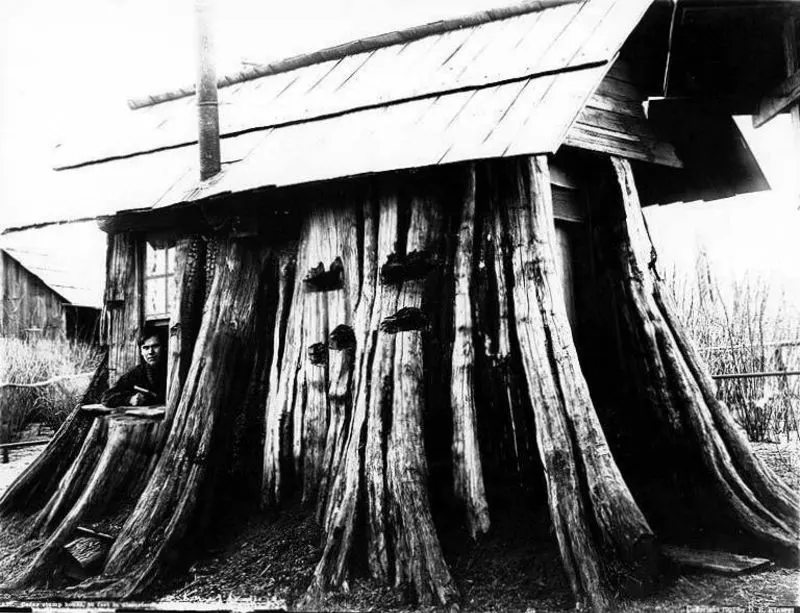

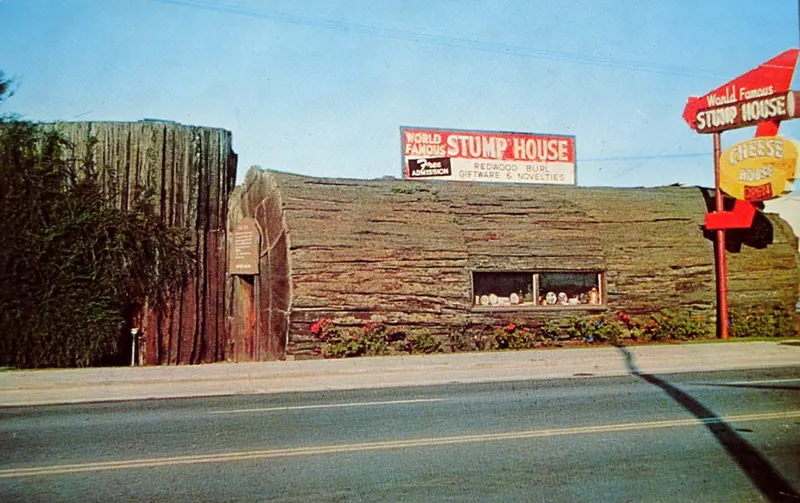
Stump House in Eureka, California. (Photo by Smaddy via Flickr).
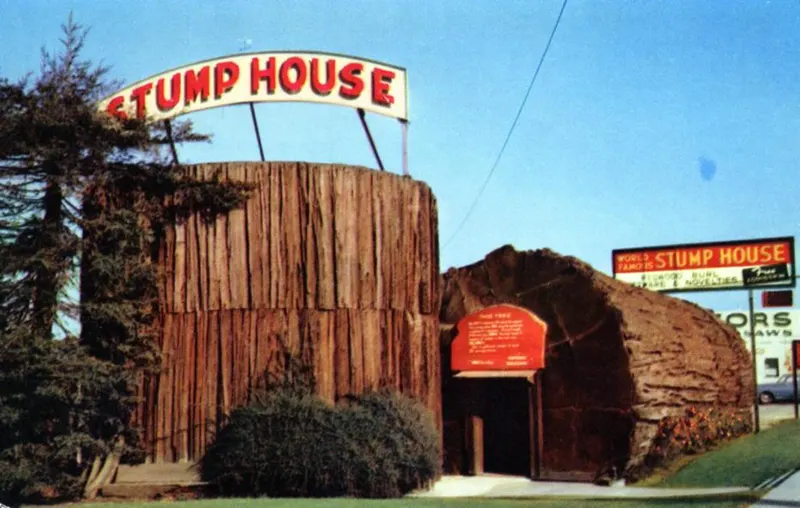
Stump House in Eureka, California. (Photo by William Bird via Flickr).


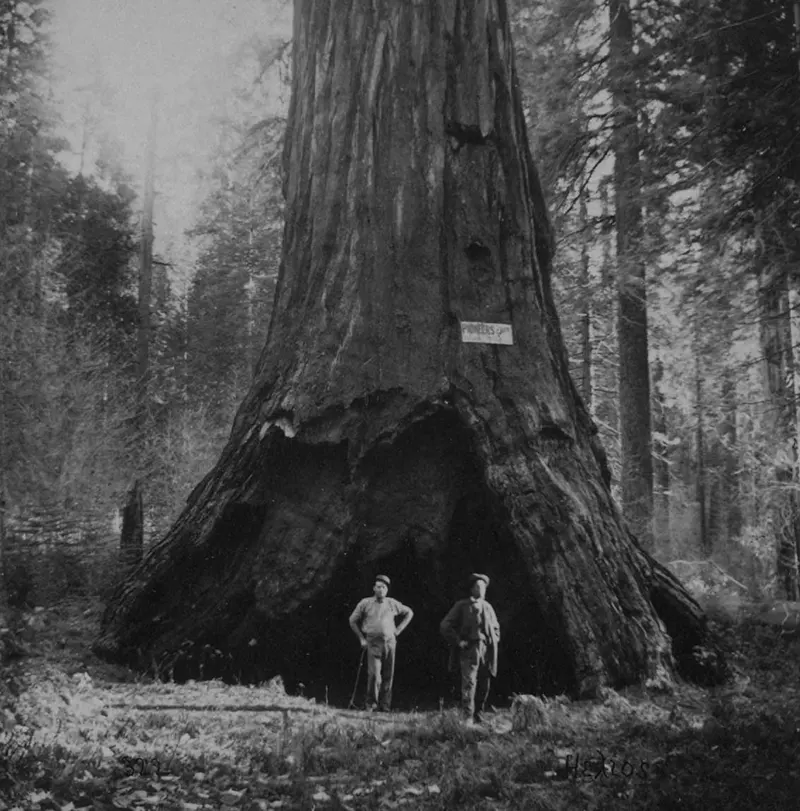
Pioneer’s Cabin, 318 ft. high, 75 ft. cir. California, Mammoth Grove. 1870s.
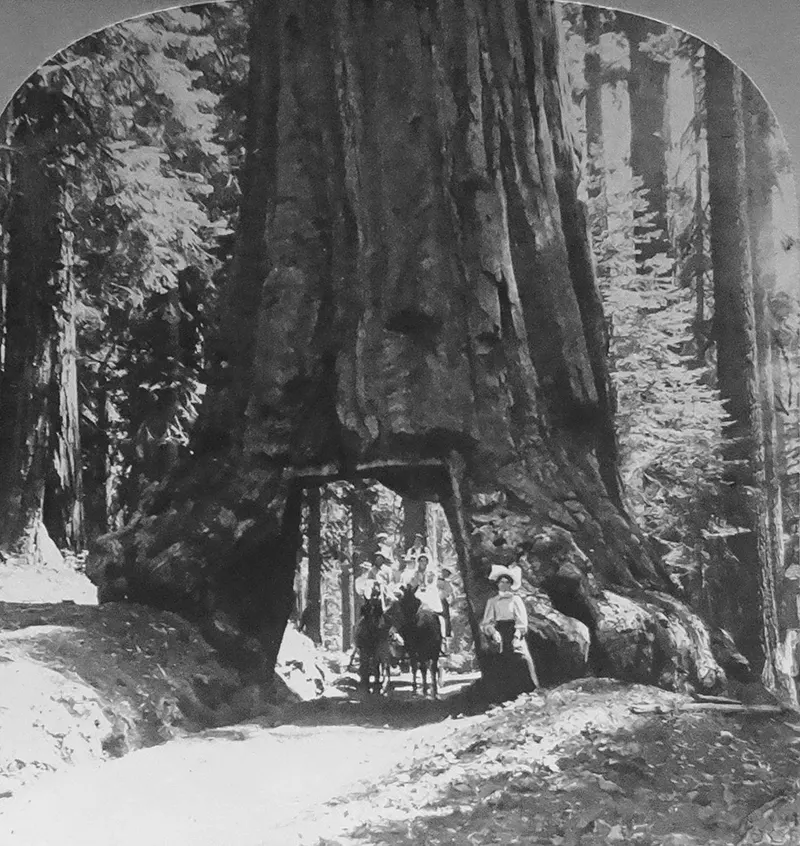
The Wawona Tree, Mariposa Grove, Yosemite, California, 1897. Felled during a storm in 1969.

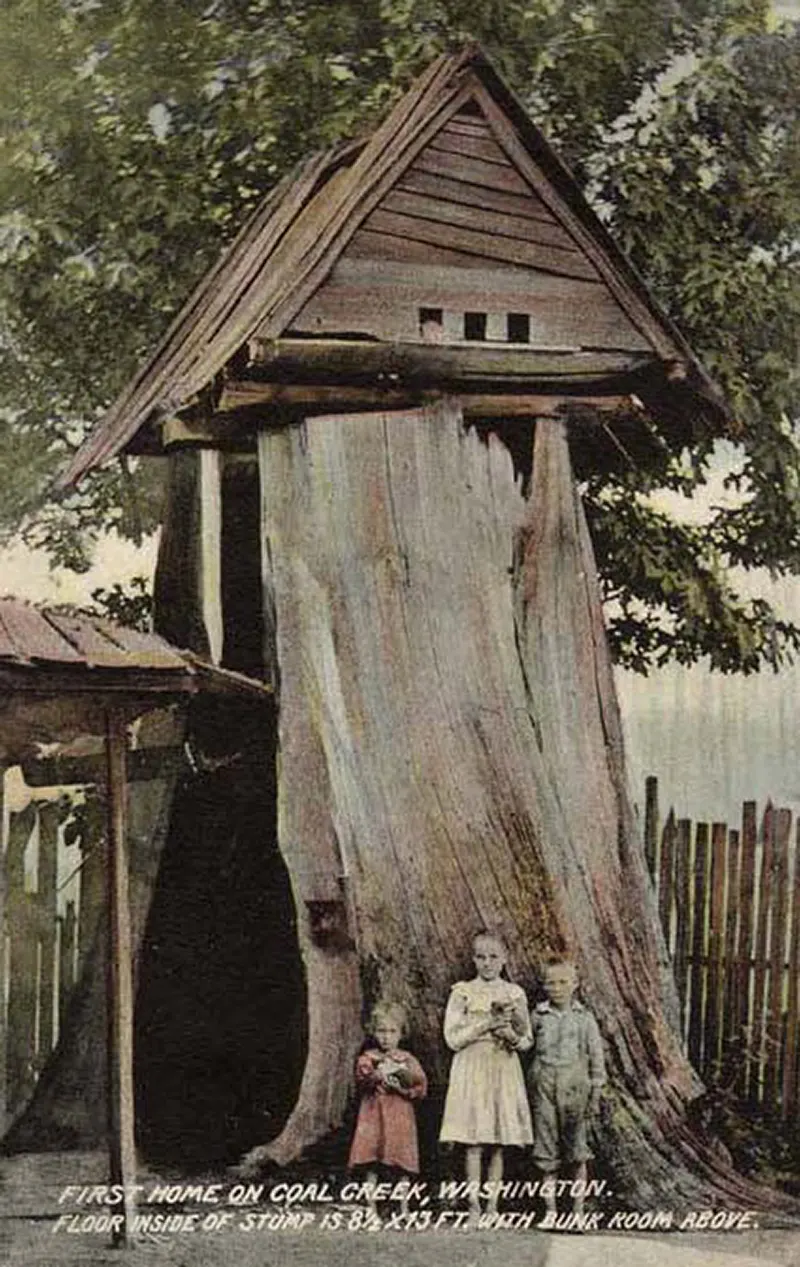
Children in front of stump house, ca. 1900.
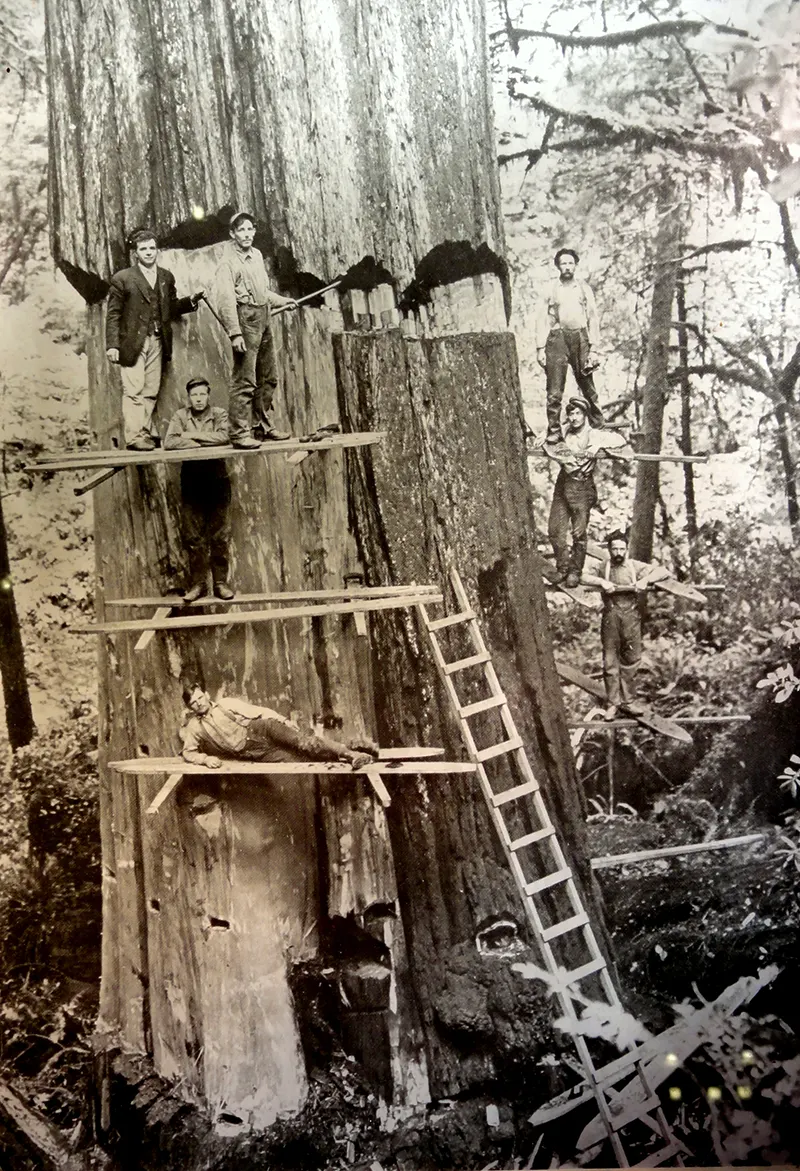


Transporting logs as giant rafts. (More photos here)

Pacific Highway through a Washington red cedar stump, 20 feet in diameter.
(Photo credit: Pinterest / Flickr / Wikimedia Commons / Library of Congress / The Vintage News / Daily Mail UK).
